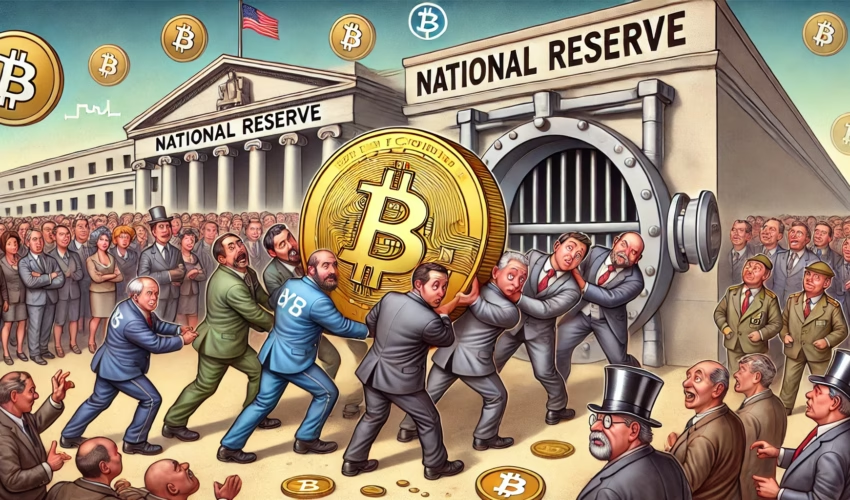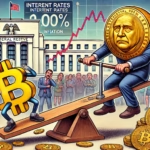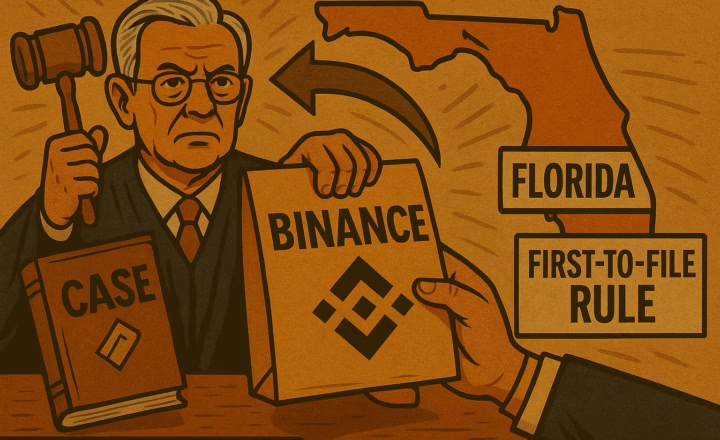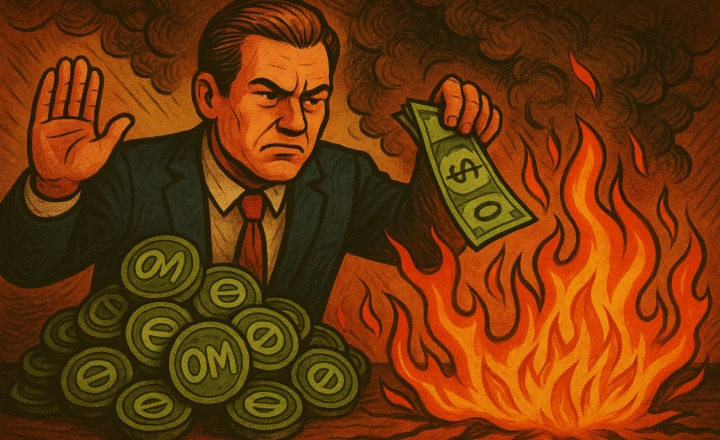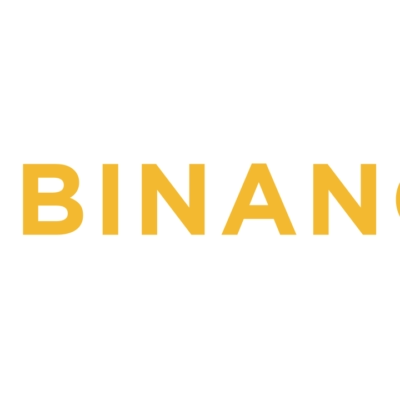Overview: The U.S. Government Officially Recognizes Bitcoin as a National Asset
On March 6, 2025, U.S. President Donald Trump signed an executive order to establish a strategic reserve of Bitcoin (BTC) and other digital assets. This reserve, known as the Strategic Bitcoin Reserve, will be funded primarily by confiscated Bitcoin from criminal and civil forfeitures, amounting to approximately 200,000 BTC. According to Zach Sachs, the Special Envoy for Digital Assets, this reserve aims to build a national cryptocurrency stockpile without imposing additional costs on taxpayers.
During the signing ceremony, Trump declared, “A promise made, a promise kept,” reinforcing his commitment to the pro-crypto stance he took during the 2024 presidential election campaign. The executive order mandates a comprehensive audit of all digital assets held by the federal government to ensure transparency in their management. Additionally, the order states that the Bitcoin stockpile will be preserved as a “digital Fort Knox”—indicating that the government will not sell these assets but hold them as part of national reserves.
Beyond Bitcoin, the executive order also establishes the U.S. Digital Asset Stockpile, consolidating confiscated assets from other cryptocurrencies such as Ethereum (ETH), Ripple (XRP), Solana (SOL), and Cardano (ADA). However, Trump clarified that the government will not purchase additional crypto assets, limiting the reserve to existing confiscated funds. This move signifies a major shift in U.S. policy, positioning digital assets as a key component of national economic and technological strategy.
Market Impact: Bitcoin Surges Amid Optimism
The announcement triggered an immediate surge in the crypto market. Within hours, Bitcoin’s price jumped over 11%, surpassing $94,000 on March 2, 2025. Ethereum (ETH) followed, gaining approximately 13% to reach $2,516. The total market capitalization of the crypto sector expanded by over $300 billion, reflecting widespread investor optimism.
Particularly notable were the strong gains in altcoins included in the government’s reserve. Cardano (ADA) surged nearly 60%, while Ripple (XRP) climbed around 30%. Investors reacted positively to the government’s pledge not to sell its Bitcoin holdings, effectively eliminating a major source of potential selling pressure—an estimated $260 billion worth of BTC that would have otherwise entered the market.
Standard Chartered Bank issued a report stating that institutional investors are shifting from a “should we invest?” stance to “how much should we invest?” This shift indicates growing confidence in Bitcoin’s long-term outlook. The bank reaffirmed its long-term price target of $500,000 per BTC, citing reduced regulatory uncertainty and increased institutional adoption.
However, the market saw short-term volatility as concerns arose over geopolitical tensions and new U.S.-China trade policies. Despite this, the strategic reserve announcement significantly boosted investor sentiment, reducing regulatory fears and increasing the likelihood of further institutional adoption.
Government’s Intent: A Major Policy Shift Toward Crypto
Trump’s administration has made crypto-friendly policies a central pillar of its economic strategy, aiming to secure U.S. dominance in digital assets and blockchain technology. Unlike the previous administration, which prioritized tight regulations, Trump has opted for crypto industry support and economic integration.
The executive order’s significance extends beyond financial diversification—it signals the U.S. government’s direct involvement in the crypto economy. James Butterfill, Research Director at CoinShares, remarked, “The inclusion of multiple altcoins in the reserve is surprising. This suggests that the government is focused on fostering the industry as a whole rather than favoring a single asset like Bitcoin.”
Moreover, the Trump administration hosted the first-ever White House Crypto Summit on March 7, 2025, inviting industry leaders to discuss regulatory frameworks and blockchain innovation. The executive order also revokes Biden’s 2022 Executive Order 14067, which had established stricter digital asset regulations. The administration has now instructed federal agencies to review, amend, or repeal crypto-related regulations to foster industry growth.
Additionally, the executive order explicitly prohibits the Federal Reserve from issuing a Central Bank Digital Currency (CBDC). This aligns with Trump’s previous stance against government-controlled digital money and suggests a preference for private-sector solutions like stablecoins and Bitcoin as alternatives to a digital dollar.
Industry Reactions: Mixed but Largely Positive
The crypto industry and institutional investors have responded positively to the executive order. Coinbase executives noted that the government’s commitment to holding BTC reduces long-term selling pressure, providing greater market stability.
Federico Broccate, Head of U.S. Operations at 21Shares, described the move as “a sign that the U.S. government is fully embracing the digital asset economy.” He expects the policy shift to encourage institutional investment and attract more blockchain startups to operate in the U.S.
However, some experts expressed concerns about potential government intervention in the crypto market. The inclusion of multiple altcoins in the reserve surprised many, as Bitcoin has traditionally been viewed as the only digital asset with strong store-of-value properties. Nonetheless, industry leaders believe this move could indicate a broader governmental acceptance of blockchain technology beyond Bitcoin.
Notably, the U.S. Securities and Exchange Commission (SEC) has already dropped several crypto-related lawsuits, including its case against Coinbase. This suggests a regulatory shift favoring innovation over enforcement—a stark contrast to the previous administration’s approach.
Future Outlook: A Turning Point for Institutional Adoption
The creation of a U.S. strategic crypto reserve marks a historic shift in how governments interact with digital assets. Over the long term, this policy could enhance Bitcoin’s legitimacy as a global reserve asset and further institutional adoption.
Already, hedge funds, banks, and sovereign wealth funds are increasing their Bitcoin holdings. The Trump administration’s pro-crypto policies may accelerate this trend, leading to further market expansion. Additionally, within 180 days, a government task force will present a comprehensive framework for crypto regulation and digital asset management, aiming to remove regulatory uncertainty and attract institutional capital.
Global implications could be significant. Some analysts predict that other nations may follow suit, considering adding Bitcoin to their national reserves. Countries like El Salvador have already adopted Bitcoin as legal tender, but the U.S. embracing crypto at this scale could set a precedent for major economies.
Standard Chartered Bank’s analysts project that Bitcoin could reach $500,000 before Trump’s term ends in 2029, assuming continued regulatory clarity and increased institutional participation. While it remains uncertain how the crypto market will evolve, the U.S. government’s direct involvement in Bitcoin marks the beginning of a new era for digital finance.
Conclusion
Trump’s executive order legitimizes Bitcoin and other digital assets as a recognized component of the U.S. financial system. The government’s direct involvement in crypto is expected to fuel institutional adoption, improve regulatory clarity, and accelerate blockchain innovation.
While policy stability remains crucial, this move signals a shift in how digital assets are perceived at the highest levels of government. The implications for investors are profound—crypto is no longer a fringe asset class but a recognized part of the global financial system.
With the U.S. now leading in crypto policy, regulatory changes, and institutional adoption, the next few years will determine whether Bitcoin truly becomes the “digital gold” that many have long envisioned.


